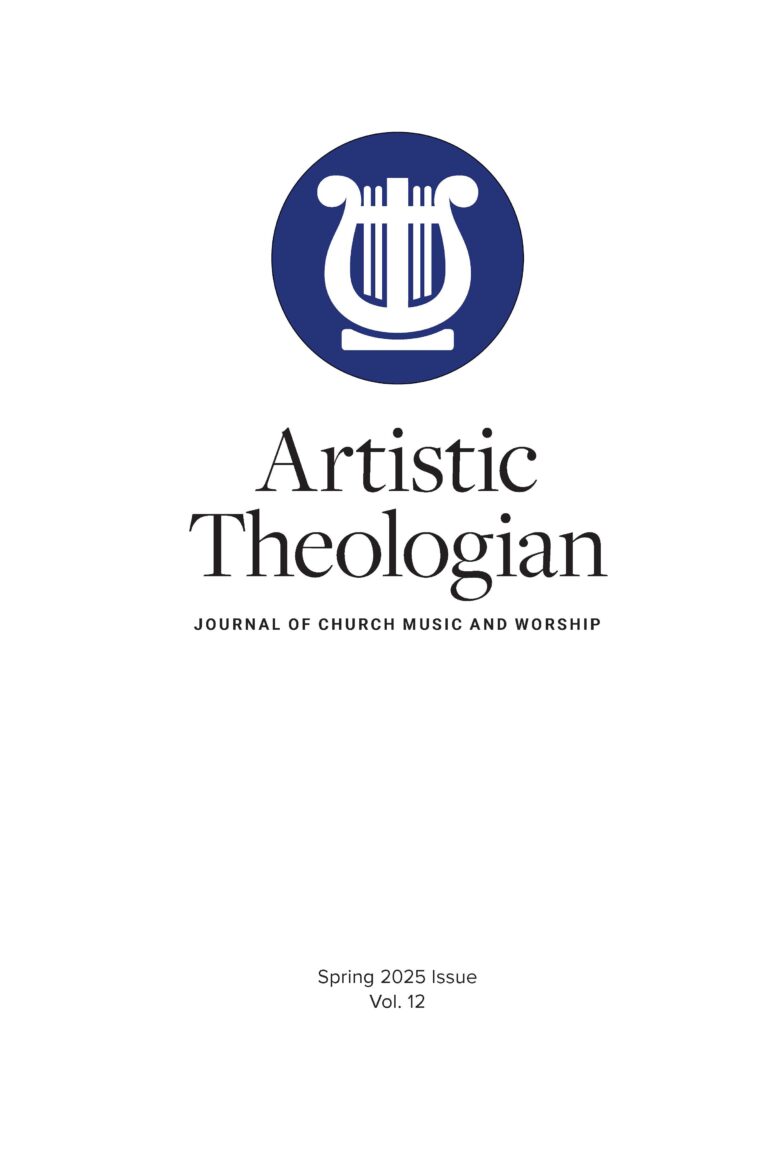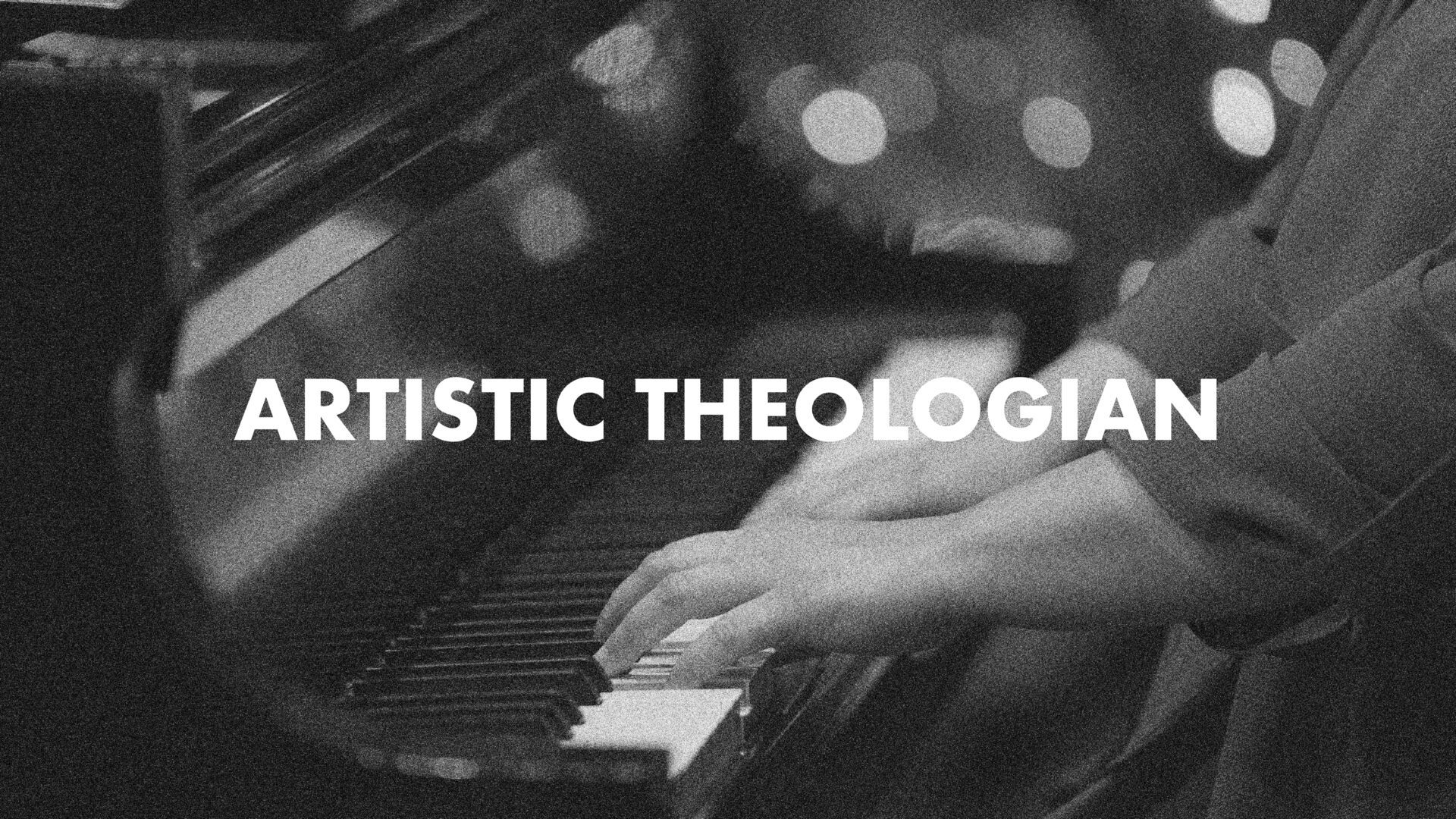
Cowden Hall’s Cornerstone Verse: Colossians 3:16
Artistic Theologian
Volume 12
Spring 2025
Editor: Joshua A. Waggener
Porter, Mark. Contemporary Worship Music and Everyday Musical Lives. Congregational Music Studies Series. Edited by Monique M. Ingalls, Martyn Percy, and Zoe C. Sherinian. New York: Routledge, 2018. 206 pp. $58.99.
Mark Porter’s research adopts ethnographic methodologies to investigate Christian musical practices and their significance for both individuals and their broader communities. In Contemporary Worship Music and Everyday Musical Lives, Porter’s primary research question asks how the everyday musical lives of individuals are related to their musical lives within a church setting. Such a question emerges from the reality that Contemporary Worship Music as a cultural phenomenon has explicitly presented itself as a means of connecting the content of church music to the “varied experiences of music” (4) that comprise the totality of any individual’s personal listening habits. Porter outlines the multifarious manifestations of this relationship through a study involving St. Aldates, a charismatic evangelical Anglican church in Oxford. Most of the book’s content is derived from Porter’s fieldwork at St. Aldates, represented by forty-two “unstructured” and “semi-structured interviews” (8).
Chapter 1 details the ecclesial norms at St. Aldates and is undergirded by Porter’s own experiences as a member of the St. Aldates worship team. The chapter explains how the “spiritual purpose of music” (23), namely allowing those in attendance to experience an intimate encounter with God, is prioritized at St. Aldates. Intentionally choosing a single musical style within the “norms” (19) of Contemporary Worship Music is used to “enable a corporate expression of devotion” (28). Individual preferences for musical style are sidelined to support the church’s overarching understanding of the function of music in worship.
The theoretical framework for interpreting this environment is provided in chapter 2. Porter discusses the “ontology of neutrality” (33) that has become integrated into some evangelical concepts of musical meaning. The mindset that music is neutral can “deflect attention” (33) from stylistic and preferential matters and may perpetuate a “relatively static” (35) approach to the musical life of a church. Porter contrasts these ontological implications with a discussion of the ethical significance of church musical practices and opportunities to navigate matters of taste and individual identity in congregational relationships.
In the three chapters that follow, Porter divides his discussion into three possible ways individuals relate their experience of music at church to their other musical engagements. Chapter 3 begins with commonalities. Interviewees highlight the power of “undergoing a transformative emotional experience” (65) through music and finding opportunities to express heartfelt sincerity and emotion. Singing on a Sunday is felt to be experientially related to everyday musical activities including musical theater and orchestral performances. For other interviewees, however, the erection of clear boundaries between the “sacred” and “profane” (90) enables them to view their disparate musical worlds in a positive light. Chapter 4 illuminates how individuals may perceive and articulate their own compartmentalization of communal worship and private listening. Porter develops scholarly accounts of musical eclecticism to further explain the varied boundaries at St. Aldates, suggesting that Contemporary Worship Music does not mirror collective everyday musical lives.
Chapter 5 discusses scenarios in which the everyday musical lives of individuals may hinder or give pause to their active participation in the musical life of the church. Many of the interviewees acknowledge that the musical elements they value in their own listening or performing environments feel inappropriate for ecclesial contexts because of the “potential to distract worshippers from their key task” (110). Porter advocates for free, flexible discourse between worship leadership and members of the congregation, not because all discontentment can possibly be resolved into “one harmonious whole” (125), but rather to demonstrate that such productive dialogue about music can transpire. Porter seeks to “resist assigning it [music] purely to the aesthetic realm” (125).
Chapter 6 gives attention to alternative musical spaces, also categorized as marginal or third spaces. The spaces Porter considers are by nature connected to the worship at St. Aldates but also exist independently. The chapter examines “Sing O Barren Woman,” a week-long prayer event held in St. Aldates’s off-campus prayer room, as well as “Word on the Street,” a ministry that performs on a pedestrian street in Oxford. During periods of worship in the prayer room, the music reflects the individual leading and may incorporate hymnody or folk styles. The street performances exemplify an even greater range of spontaneity and freedom. Porter’s interviewees describe these spaces as allowing for the expression of musical preferences and experimentation that is not possible or welcome in mainline St. Aldates worship. Thus, the spaces hold an “ambiguous position” (149), functioning both “productively and disruptively” (128) in the church’s life.
Due to its accessible prose and breadth of practical implications, this book is particularly appropriate for individuals involved in worship leadership. Readers will enjoy following the developing narratives of the interviewees, as several of the individuals appear at multiple junctures in Porter’s discussion. This book will also prove invaluable for graduate students considering ethnomusicology or ethnographic methodologies in worship studies. Porter’s work provides an exemplary template for the organization and interdisciplinary evaluation of data collected via an auto-ethnographic project.
This latter strength, however, also illuminates a possible critique of the book. Porter’s interviews focus on individuals who appear to be well-integrated into the musical life of St. Aldates, often as direct participants in its musical leadership. This is a fact acknowledged by the introduction, where Porter states that the book does not claim to be “entirely representative” (9). Nevertheless, the intentional selection of interviewees already known by Porter and anticipated to have ready insights into the relevant research questions may cast doubt on the wider applicability of the book’s conclusions.





